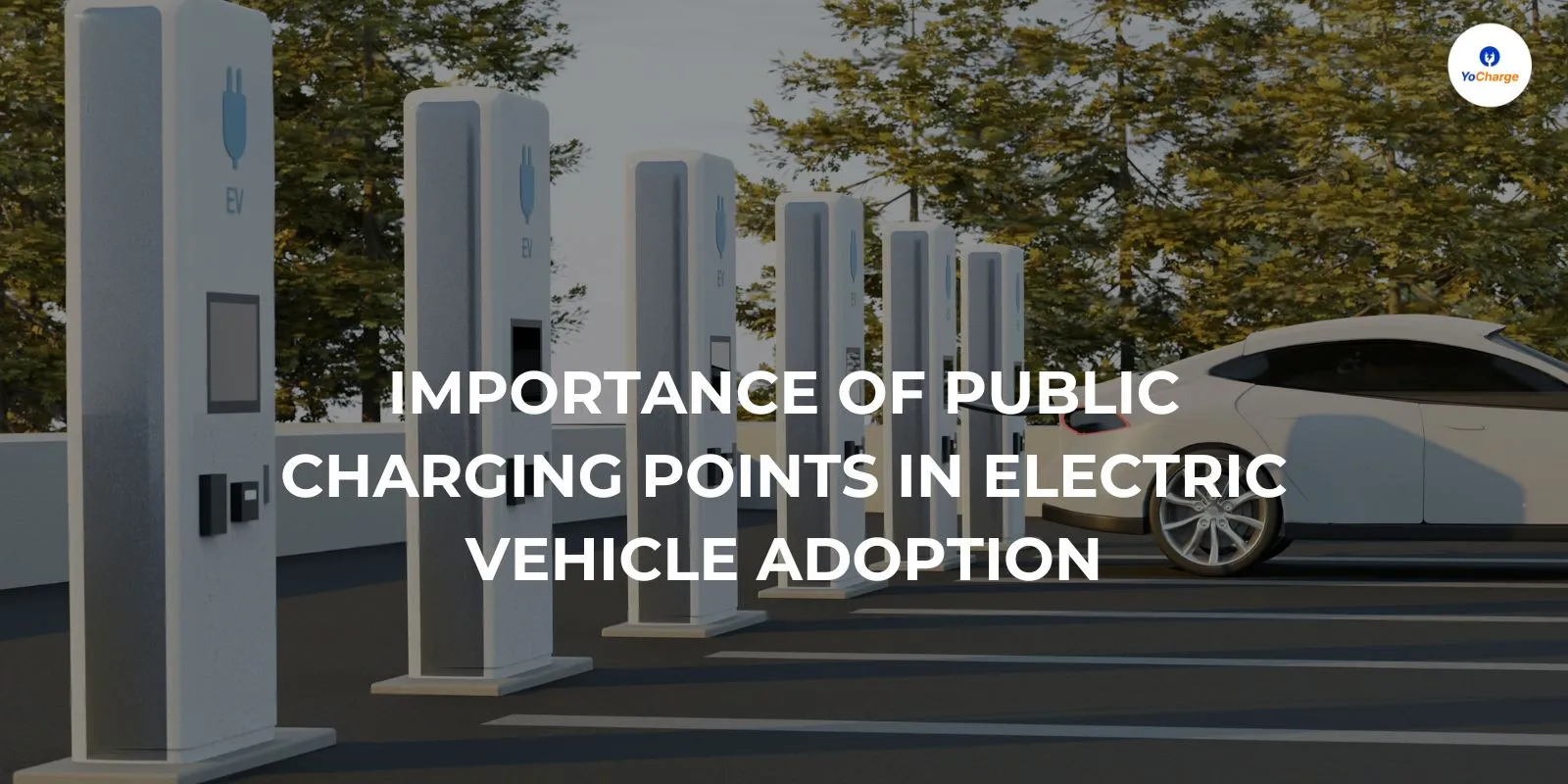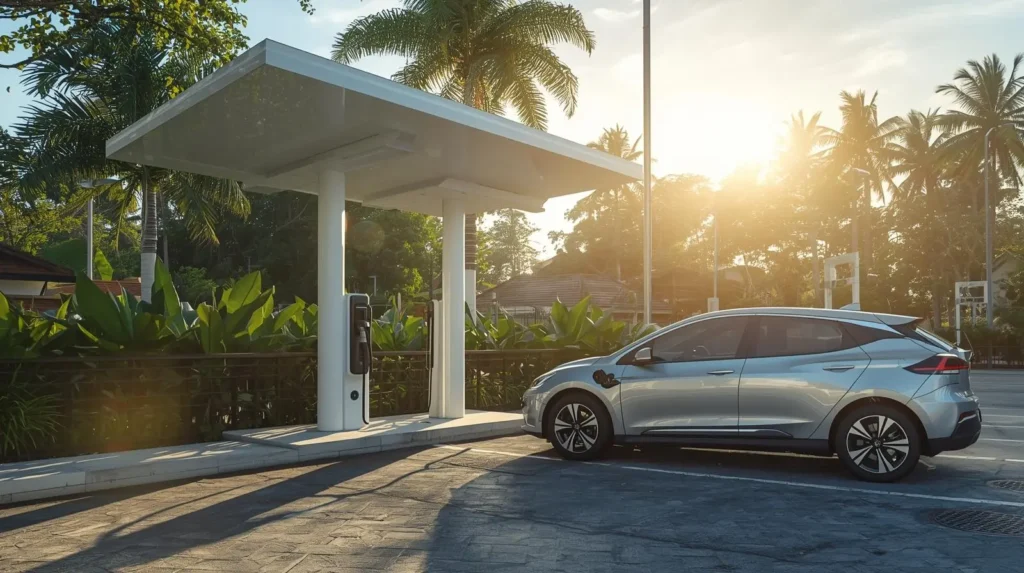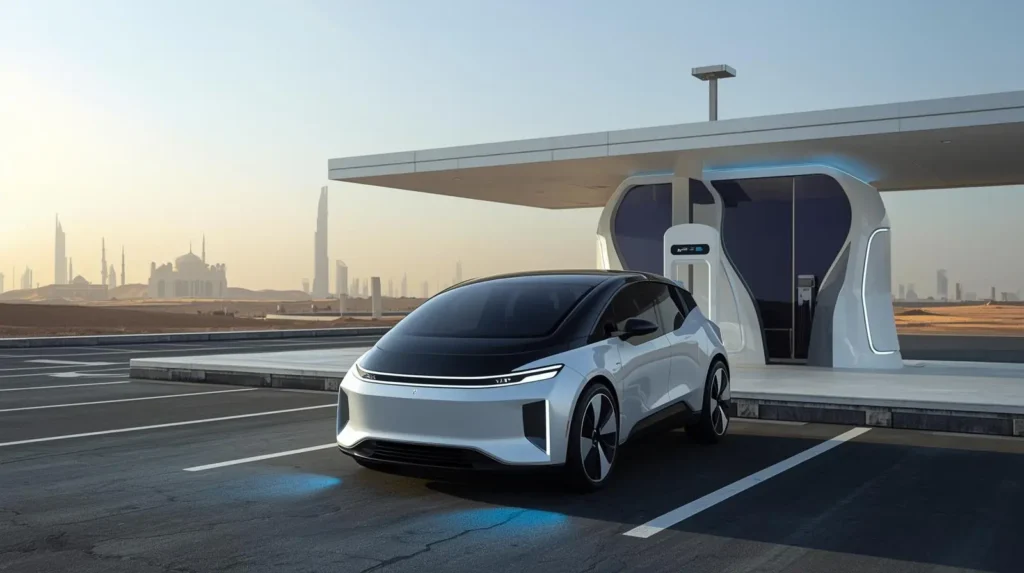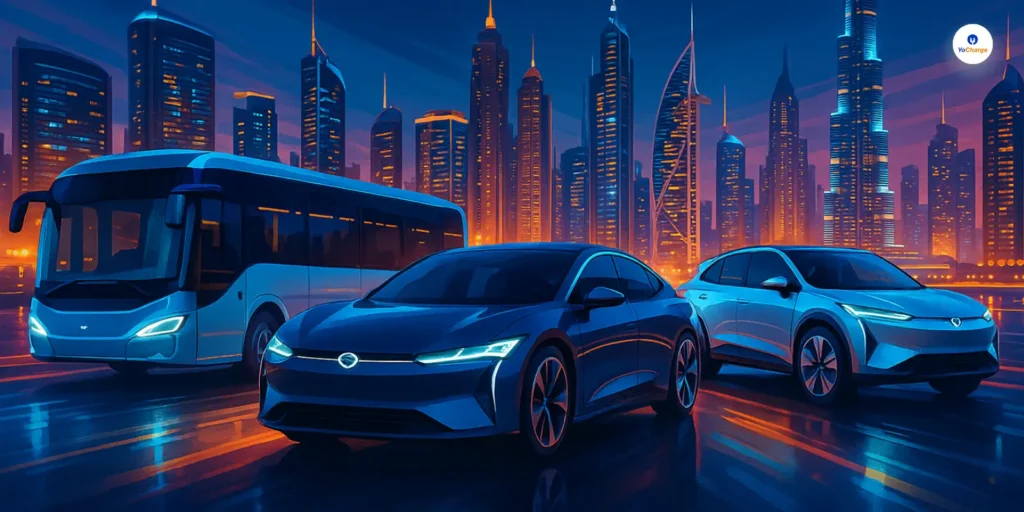
As electric vehicles (EVs) continue to grow in popularity, the need for accessible and reliable public charging points becomes more important.
Public charging infrastructure plays a crucial role in ensuring that electric vehicles are convenient and practical for everyday use, especially for people who do not have access to home charging.
In this article, we will explore why public charging points are essential for the widespread adoption of electric vehicles.
The Rise of Public Charging Points
Since 2022, the number of public electric vehicle charging points has more than doubled. By 2024, there were over 5 million public charging points available globally. This is a significant increase and is necessary to keep up with the growing number of electric vehicles on the road.
In 2024 alone, over 1.3 million new public charging points were added to the global network.
This growth is especially important for regions where many people do not have the ability to charge their vehicles at home, such as apartment complexes or areas without private parking.
Public charging stations ensure that these individuals still have access to the energy they need to power their EVs.
Why Public Charging Points Matter?
Public charging points offer convenience and accessibility to electric vehicle owners, especially those who don’t have access to home charging. Having a widespread network of public chargers allows EV owners to charge their vehicles when they are away from home or on the go.
This is especially important for people living in cities where many homes do not have private parking spaces, making home charging challenging or impossible.
In addition to accessibility, the availability of public charging stations can help reduce “range anxiety”—the fear of running out of battery before reaching the next charging station.
The more charging points available, the easier it is for EV drivers to plan long trips and find charging stations along the way.
Also Read: Role of Fast Charging in Electric Vehicle Adoption
The Global Expansion of Public Charging Points
Public charging networks have been growing rapidly in various parts of the world. China, for example, has taken the lead in expanding its public charging infrastructure.
As of 2024, China has more than 65% of the world’s public charging points, accounting for about 60% of the global electric vehicle stock.
The number of charging stations in China continues to grow rapidly, with the country adding millions of new chargers every year.
In Europe, the number of public charging points grew by 35% in 2024, reaching just over 1 million. The European Union has also set ambitious goals to install more fast-charging stations along major roadways by 2025.
These efforts are critical for increasing EV adoption and ensuring that electric vehicles are a viable option for more people.
The United States is also seeing growth in public charging infrastructure. In 2024, the U.S. added approximately 20% more charging points, bringing the total to just under 200,000.
However, despite this growth, the U.S. still faces challenges in terms of charging infrastructure coverage, particularly in rural areas. The Biden administration’s National EV Infrastructure Program is working to address these gaps by funding the installation of fast chargers along key highways.
Types of Public Charging Points
Public charging stations can be classified into three categories: slow chargers, fast chargers, and ultra-fast chargers. Slow chargers are typically rated below 22 kW and are ideal for overnight charging or when an EV is parked for a long period.
Fast chargers, on the other hand, deliver power outputs between 22 kW and 150 kW, allowing EVs to charge more quickly, typically within 30 minutes to an hour.
Ultra-fast chargers provide the highest power output, usually over 150 kW, and are designed for quick stops during long trips. These chargers can recharge an EV to 80% of its battery capacity in as little as 15 to 30 minutes, making them ideal for highway stops.
The increase in the number of fast and ultra-fast chargers is essential to meeting the growing demand for electric vehicles. These chargers make EVs more practical for long-distance travel and reduce charging time significantly.
The Role of Public Charging Points in Supporting EV Adoption
For electric vehicles to become a mainstream transportation option, it is essential to have a reliable and accessible public charging infrastructure. This network ensures that people who do not have access to home charging can still benefit from the convenience of owning an electric vehicle.
Public charging stations also play a critical role in reducing the cost and inconvenience of charging. While home charging is often the most cost-effective option, many people cannot install a charger at home due to their living situation.
Public charging stations provide a viable alternative, ensuring that EV owners can easily access a charger when needed.
Moreover, the growing number of public charging points helps address one of the major concerns potential EV buyers have—range anxiety. Knowing that charging stations are widely available can give consumers the confidence they need to make the switch to electric vehicles.
Also Read: Troubleshooting Common EV Charging Issues
The Future of Public Charging Points
Looking forward, the demand for public charging points will continue to rise as more people adopt electric vehicles. To meet this demand, governments, automakers, and charging networks are investing in the development of new charging stations.
By 2030, the global number of public charging points is expected to increase significantly, with millions more charging stations being added worldwide.
In addition to expanding the number of charging points, there will be a greater emphasis on increasing the number of fast and ultra-fast chargers. This will make it easier for drivers to charge their vehicles quickly and conveniently, further promoting the widespread adoption of electric vehicles.
Conclusion
Public charging points are an essential component of the global transition to electric vehicles. They provide the infrastructure needed to support the growing number of EVs on the road and help ensure that EVs are accessible and convenient for everyone.
As the network of public charging stations continues to expand, we can expect to see even greater adoption of electric vehicles, contributing to a cleaner and more sustainable future.
Source: Global EV Outlook 2025



